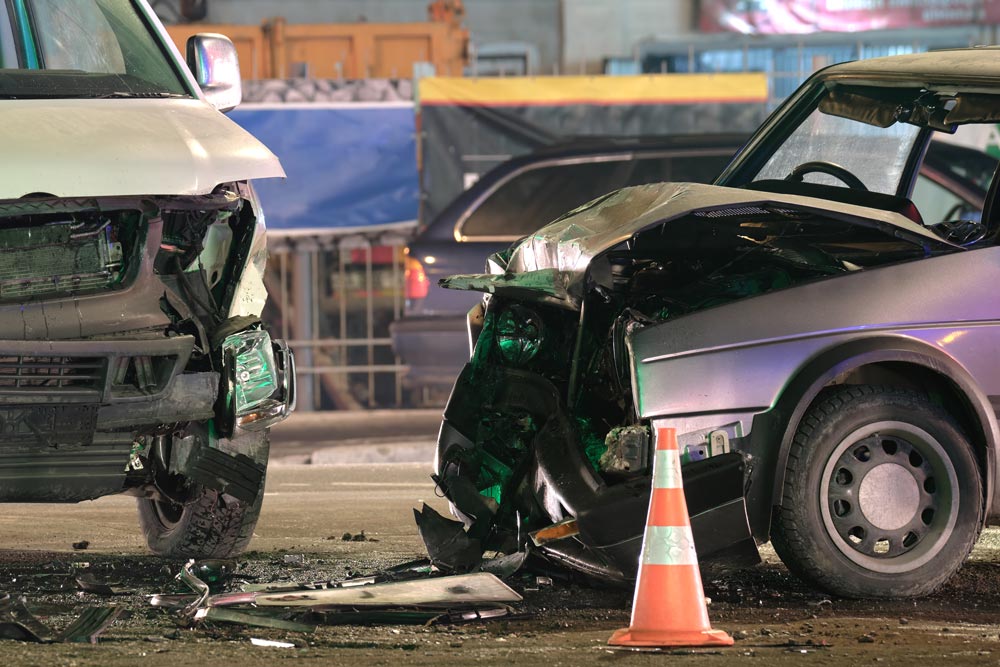Do you know how many alcohol tests are carried out on Australian roads each year? A few hundred thousand? Maybe a million? You’d be off by a long shot. In 2024, police conducted a staggering 10.3 million random breath tests nationwide. That’s right—more than 10 million.
The surprising revelation comes from police enforcement data recently released by the Department of Infrastructure, Transport, Regional Development, Communications, Sport and the Arts.
In 2024, authorities carried out over 10 million random breath tests across the nation. This resulted in 57,801 positive results. That’s a 0.6% positive rate for drink driving. Meanwhile, police conducted 500,683 roadside drug tests and recorded 52,411 positive results, or a 10.5% positive rate.
They’re big numbers but, as usual, there’s more to the story. Let’s dive in.
The Story Behind the Drug and Alcohol Testing Numbers
While 10.3 million roadside alcohol tests is a big number, interestingly it’s slightly less than in recent years. But the good news to come from the numbers is that the drink-driving positive rate is coming down. It has dropped from 0.8% in 2020 to 0.6% in 2024.
It’s a similar story for roadside drug testing. While a 10.5% positive rate in 2024 is undoubtably high, it means the rate has fallen by 3.9 percentage points since 2020.
This downward trend offer hope that people are getting the message: That drinking or taking drugs and then driving is simply not safe. And not acceptable.
Who Does the Most Testing?
When looking at which state or territory does the most testing, we must account for population differences. For the recent data, analysts adjusted by licence-holder numbers for fair comparison. And when it came to a winner:
- Western Australia conducted the highest rate of roadside breath tests: 9,647 tests per 10,000 licence holders in 2024.
- Northern Territory came next, at 6,476 per 10,000 licence holders.
- Looking more closely at positive drug tests, it was South Australia which topped the chart, with 387 positive drug tests per 10,000 licence holders.
- New South Wales was second with 375 and Western Australia third with 261.
Drug Testing Only Tells Part of the Story
While the drop in drug-driving positive rate is good, there is more to this story as well, with drug-driving now posing more risk than any other at-risk behaviour. In 2023, drug-driving accounted for 16.8% of all fatal crashes involving risky behaviour. This rate surpassed other behaviours, such as:
- Not wearing a seatbelt: 14.7%
- Drink driving: 12.0%
- Unlicensed driving: 10.8%
From the Road to the Workplace
So, what do these roadside drug and alcohol testing numbers mean for workplaces and employers? One thing is certain: if people are willing to take risks on the roads, they’re just as likely to take risks at work.
If you’re an employer, this means there are employees in safety-sensitive roles who are turning up under the influence to your workplace. It might be today, tomorrow, or next week. But rest assured—it is happening.
While our workplace testing volumes don’t reach the millions conducted by police each year, the results we see tell a clear story. Employees do flout workplace drug and alcohol policies, sometimes inadvertently, other times deliberately. Either way, the risk is the same: impaired workers in environments where safety should always come first.
Employers can’t afford to put their heads in the sand. The reality is, it’s highly likely that drug or alcohol use is impacting your workplace. Implementing robust workplace policies, testing and education programs is vital to address the issue and protect both employees and operations.
FEATURED IMAGE CAPTION:
Explore Australia’s 2024 roadside drug and alcohol testing data. Learn how testing volumes and positive rates have changed and the implications, not just for road safety, but also in the workplace.
Safety in Focus
Each October, workplaces across Australia turn their attention to National Safe Work Month, a campaign led by Safe Work Australia. The initiative shines a spotlight on the importance of health and safety in every workplace, under the theme “safety: every job, every day.”
The message is simple but powerful: safety shouldn’t be a once-a-year conversation—it should be part of everyday operations. No matter the industry, role, or environment, everyone deserves to be protected from harm.
This week’s theme is all about assessing risks—including the risk of one of your employees being under the influence at work. A risk assessment helps you identify how severe a hazard could be, how likely it is to occur, and what actions you should take to reduce the danger.






